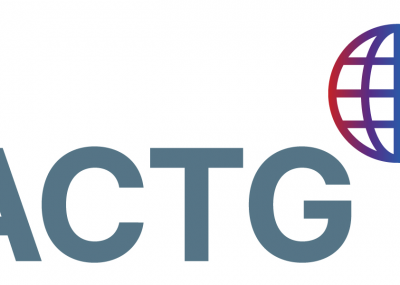The World Health Organization guidelines recommend that individuals living with HIV receive ≥ 6 months of isoniazid preventive therapy, including pregnant women. Yet, plasma isoniazid exposure during pregnancy, in the antiretroviral therapy era, has not been well-described. We investigated pregnancy-induced and pharmacogenetic-associated pharmacokinetic changes and drug-drug interactions between isoniazid and efavirenz in pregnant women. Eight hundred forty-seven women received isoniazid for 28 weeks, either during pregnancy or at 12 weeks postpartum, and 786 women received efavirenz. After adjusting for NAT2 and CYP2B6 genotype and weight, pregnancy increased isoniazid and efavirenz clearance by 26% and 15%, respectively. Isoniazid decreased efavirenz clearance by 7% in CYP2B6 normal metabolizers and 13% in slow and intermediate metabolizers. Overall, both isoniazid and efavirenz exposures were reduced during pregnancy, but the main determinants of drug concentration were NAT2 and CYP2B6 genotypes, which resulted in a five-fold difference for both drugs between rapid and slow metabolizers.
Publications Date
Journal
Clin Pharmacol Ther
PMID
32909316
PMCID
PMC8048881
DOI
10.1002/cpt.2044
Abstract




